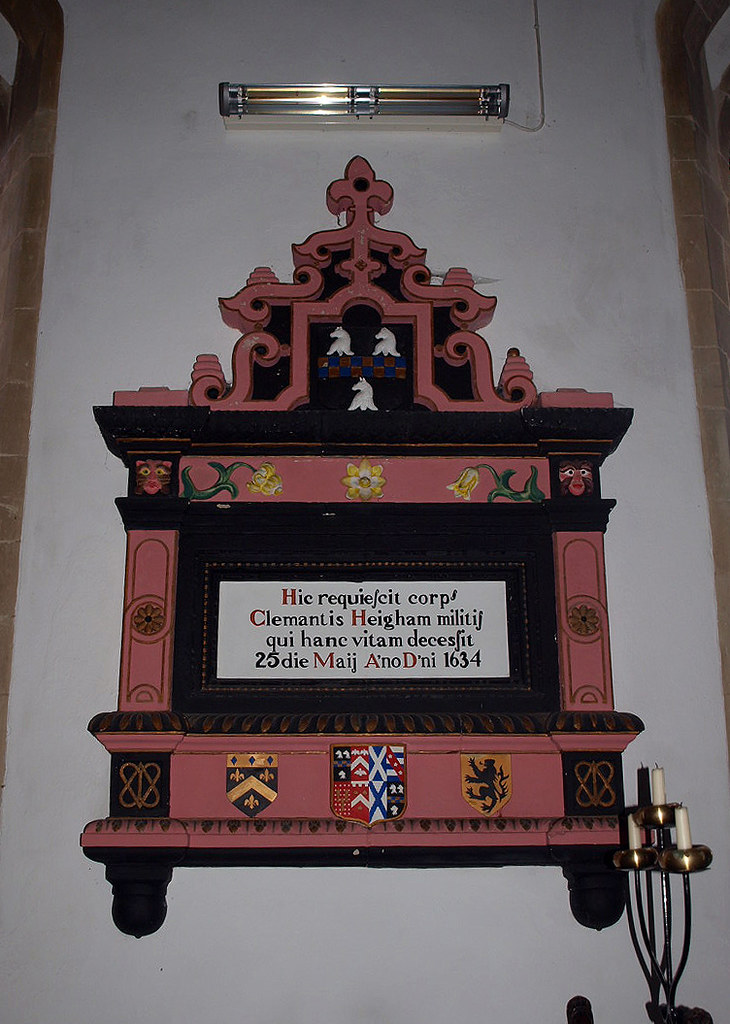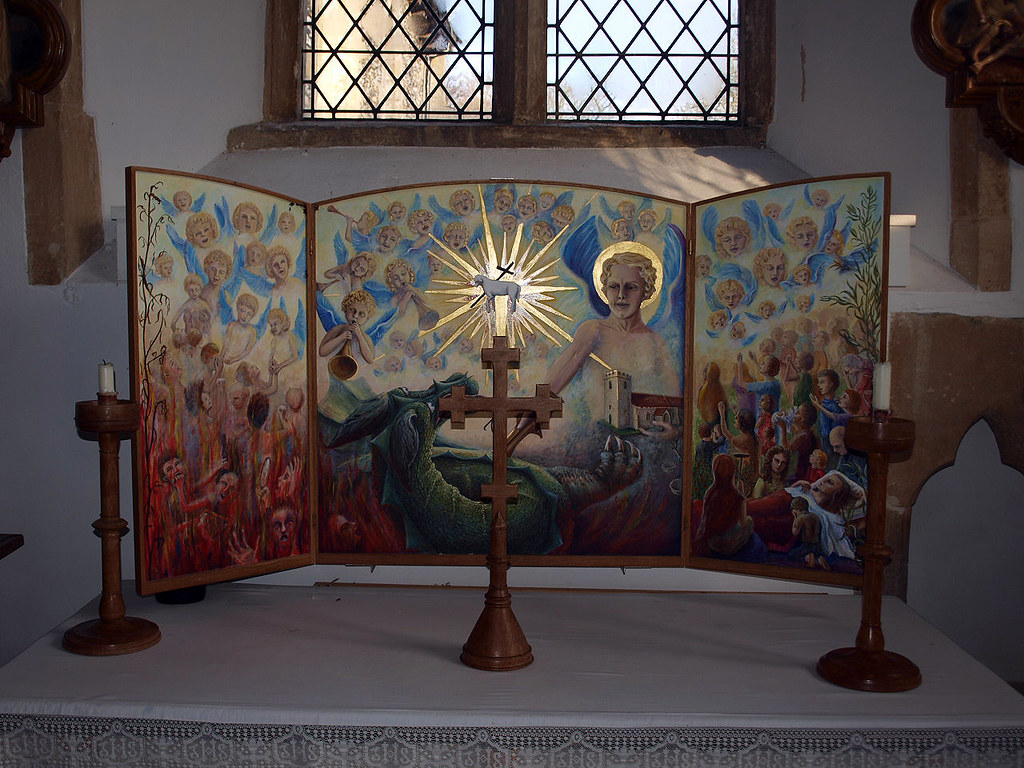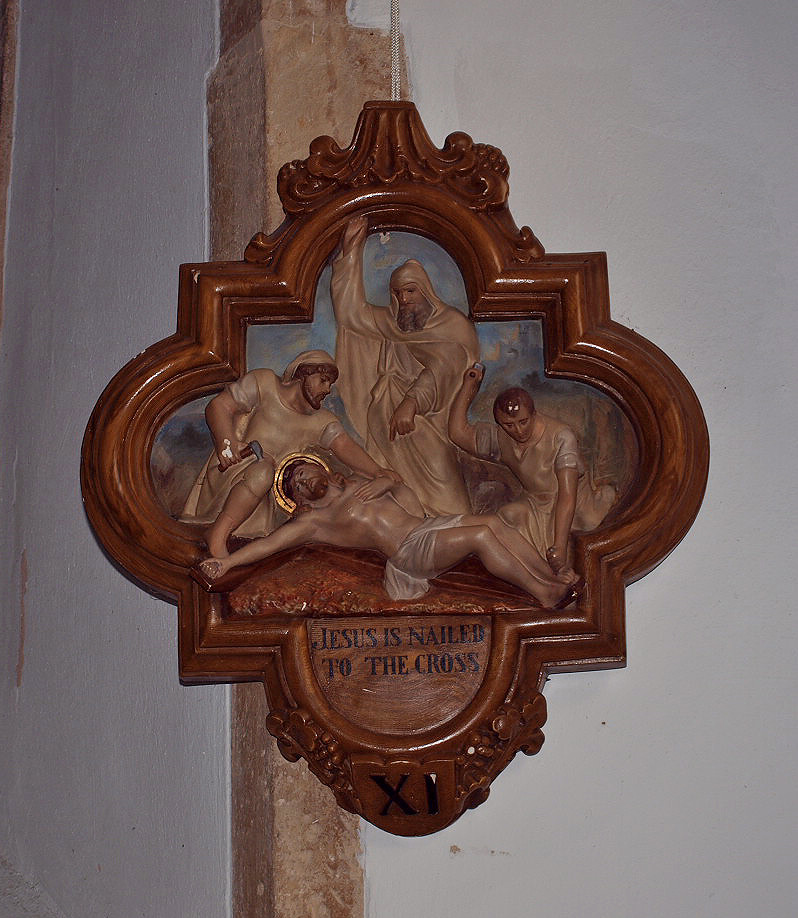ALL SAINTS. Much renewed. One Norman window on the N side. Dec S aisle with four-bay arcade (octagonal piers, double-chamfered arches, dying into the W and E responds). W window a lancet, E window Dec. N side all Perp. Chancel renewed 1848, but the E window is correct. Three tall single-chamfered stepped lancets under one arch. The PISCINA and SEDILIA clearly belong to the same time, i.e. the mid C13, but are no longer of value as evidence. - FONT. Perp, octagonal, with eight shields in panels. - STALLS. The fronts perhaps the re-used dado of the screen. The stalls have poppy-heads. - BENCHES. Two with traceried ends and carved backs. - WALL PAINTINGS. In the jambs of the Norman window two small agile figures. - MONUMENTS. Tomb-chest with cusped and decorated lozenges. Niche with lintel on small quadrant arches and cresting. Panelled sides. The whole of Purbeck marble and supposed to belong together with the Elizabethan brasses against the back wall. These commemorate Sir Clement Heigham d. 1570 and his two wives. Long poem, worth reading, as it describes his life in doggerel. But the monument, with its total absence of Renaissance detail, cannot be so late, even in Suffolk. It is more likely of c. 1500. - Sir John Heigham d. 1626. By John Stone, set up in 1650. Tablet with inscription flanked by heavy volutes supported by square brackets. Open segmental pediment.
BARROW. Some of the precious things the Romans left it are in Bury St Edmunds museum, and in its own church it keeps the memories of three men of great note in their day.
Long and light, the church has a 13th century chancel, a canopied piscina and sedilia, and an Easter sepulchre. Its font is 15th century. In the reading desk is something of the ancient screen. There are two double benches with carved ends and backs, and we noticed on the poppyheads of the stalls two heads wearing what look like bowler hats. A canopied altar tomb in the sanctuary has the brass portrait of a Speaker of Parliament in Mary Tudor’s day, knighted by Philip of Spain; he was Sir Clement Heigham, and we see him in armour with his two wives and their eight children. A marble tablet in the chancel recalls the memory of George Ashby, a friend of the poet Gray, who might almost have brought him into his famous Elegy of a Country Churchyard, for here George Ashby lived through 14 sorrowful years of darkness after losing his sight. The third notable man of Barrow was Philip Francis, an 18th century rector who kept a school at Esher where Gibbon was a pupil. He also taught Charles James Fox, and while he was rector here busied himself in writing pamphlets against Pitt.



No comments:
Post a Comment